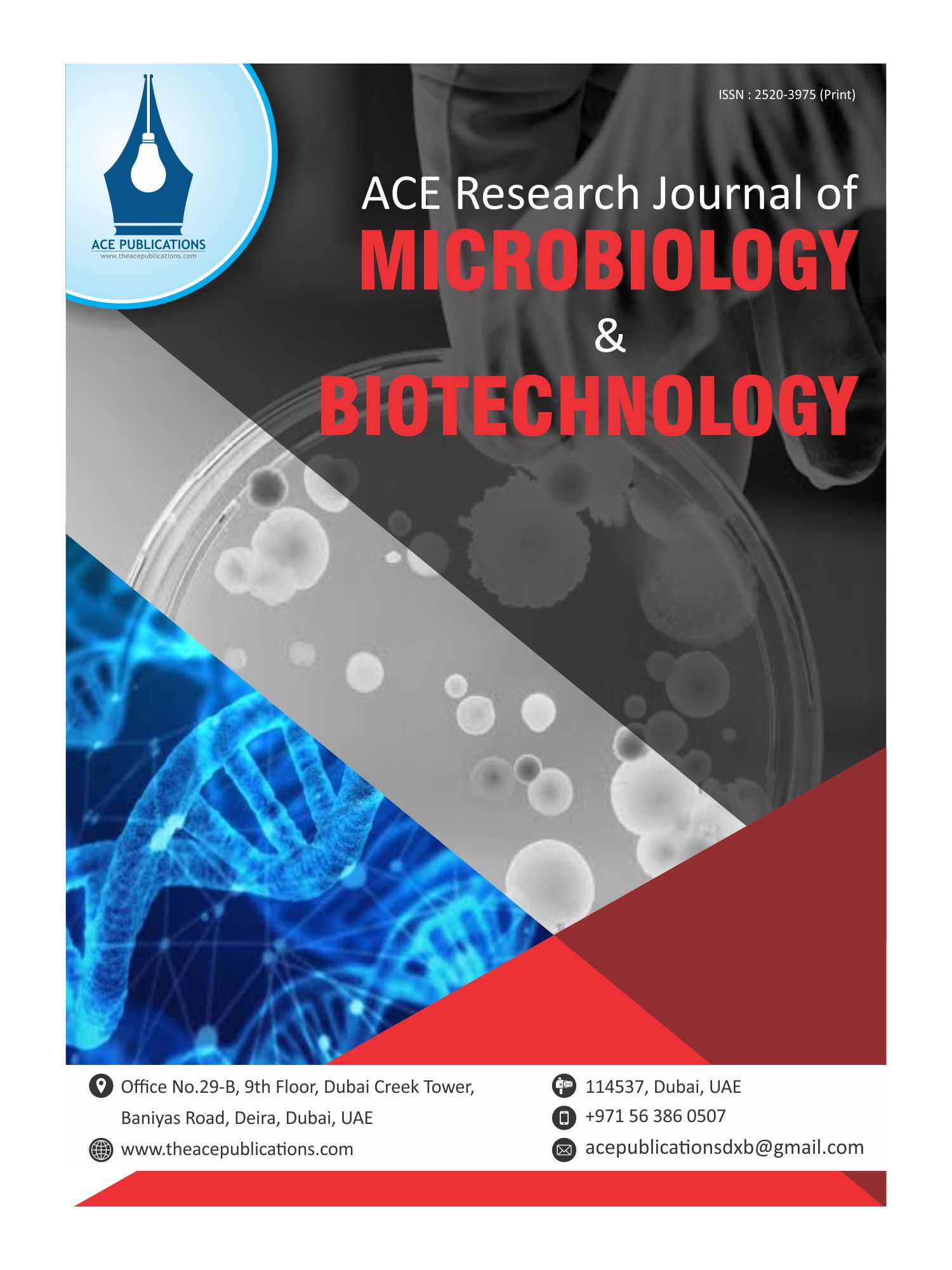


Author:
Ithar Kareem Salim, Amir A. Majeed and Wafaa J. Hussein
Page: 1-5
Published online: 20 Jul 2024
https://doi.org/acerjmb.2024.1.5
A typical inflammatory proliferation of the skin and oral mucosa is called a pyrogenic granuloma. Contrary to what its name would imply, In terms of histology, it is more similar to angiomatous lesions than granulomatous ones since it lacks pus. Granuloma pyogenicum, granuloma pediculatum benignum, Crocker and Hartzell's illness and when it appears during pregnancy, granuloma gravidarum are further names for the condition. This development, which resembles a tumor and can manifest in the oral cavity in a variety of clinical and histological ways, is thought to have a non?neoplastic origin. The study is discussed in this article and it is said that the term pyogenic granuloma is incorrect and provides a case report of a large pyogenic gingival granuloma and its treatment due to its frequent occurrence in the oral cavity, specifically the gingiva. The pyrogenic granuloma is a common benign vascular tumor that can affect anyone. Skin as well as mucous membranes might be affected. Trauma, BRAF mutations and maybe herpes virus type 1, orf virus, or human papilloma virus type 2 are all important pathogenetic factors. Venules, fibromyxoid stroma and capillary proliferations make up the tumor. A lesion develops in three phases and bleeding is a typical sign. The tumor might resemble a number of different vascular abnormalities, solid tumors and infections of the soft tissues. Targeted tumor therapy have emerged as the leading contributor to drug?induced pyogenic granulomas in recent years. Surgery, including laser therapy, is the mainstay of treatment. The topical and systemic beta?adrenergic receptor antagonists timolol and propranolol are recent advancements in medical medication treatment. For young children, ocular pyogenic granuloma and periungual pyogenic granuloma, drug treatment is an alternative.